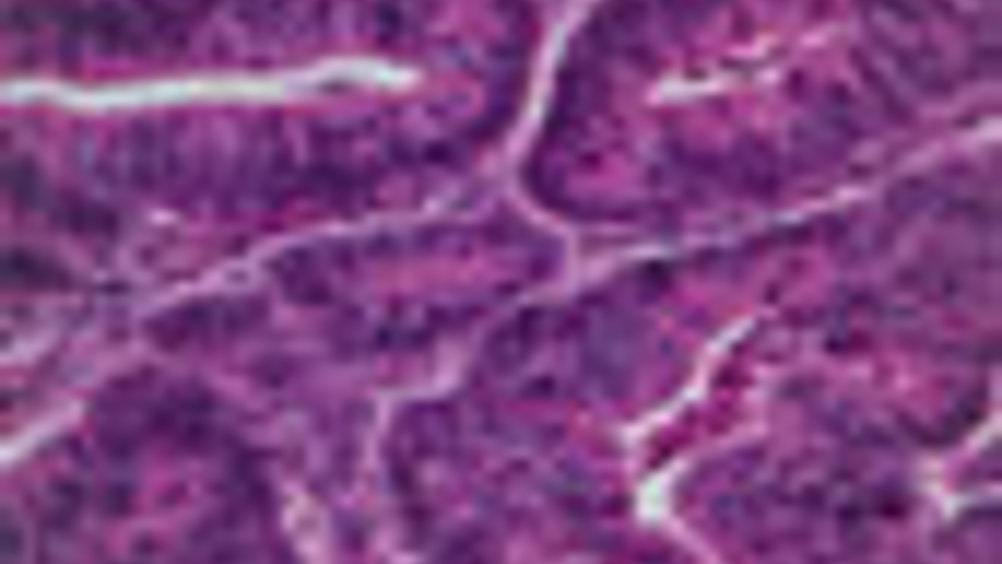Nanoparticles help deliver cancer drugs

Researchers at UCLA have successfully manipulated nanomaterials to create a drug-delivery system that overcomes solubility problems to make modern anticancer drugs more effective.
The poor solubility of anticancer drugs is one of the major problems in cancer therapy because the drugs require the addition of solvents in order to be easily absorbed into cancer cells. Unfortunately, these solvents not only dilute the potency of the drugs but create toxicity as well.
Researchers from UCLA’s California NanoSystems Institute and Jonsson Cancer Centre have developed a novel approach using silica-based nanoparticles to deliver the anticancer drug camptothecin and other water-insoluble drugs into human cancer cells.
Fuyu Tamanoi, UCLA professor of microbiology, immunology and molecular genetics and director of the Jonsson Cancer Centre’s Signal Transduction and Therapeutics Program Area, and Jeffrey Zink, UCLA professor of chemistry and biochemistry, led the study.
Tamanoi and Zink devised a method for incorporating the representative hydrophobic anticancer drug camptothecin into the pores of fluorescent mesoporous silica nanoparticles and delivering the particles into a variety of human cancer cells to induce cell death. The results suggest that the mesoporous silica nanoparticles might be used as a vehicle to overcome the insolubility problem of many anticancer drugs.
Register now to continue reading
Thanks for visiting The Engineer. You’ve now reached your monthly limit of news stories. Register for free to unlock unlimited access to all of our news coverage, as well as premium content including opinion, in-depth features and special reports.
Benefits of registering
-
In-depth insights and coverage of key emerging trends
-
Unrestricted access to special reports throughout the year
-
Daily technology news delivered straight to your inbox










Water Sector Talent Exodus Could Cripple The Sector
Maybe if things are essential for the running of a country and we want to pay a fair price we should be running these utilities on a not for profit...